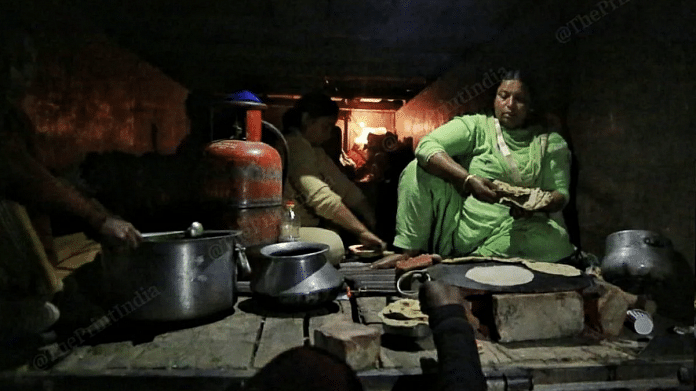Much has been written about the fact that only about 1 in 5 women of working age is in paid work in India. Arguments have been made about both gender norms related to marriage, childcare and domestic work as well as the lack of suitable jobs adversely impacting women’s decision to enter labour market.
It is unlikely that any one side can entirely explain a complex phenomenon such as women’s participation in paid work. However, how young Indian women spend their day and how this pattern changes as a result of marriage and employment can throw light on constraints emerging out of gender norms. Specifically, understanding the extent of the trade-off between leisure and work (both paid work and housework) for India’s young women can help us appreciate why they may not enter or retreat from paid work – as has been witnessed in recent years, especially in rural areas.
We extract individual-level data on the pattern of daily time use from the nationally representative time use survey conducted in 2019-20. We then consider women in the age group of 20-29 years who report their primary status activity either as involved in domestic work or employed. This is the age group when women tend to have the largest transformation in time spent in different activities due to marriage and childrearing. With the rising education levels of women, this is also the age when women aspire to start their careers and rise up in their workplaces, especially in urban areas. We leave out young women who are in education because their daily activities mostly revolve around their studies.
Also read: Covid has devastated India’s self-employed women
Married and employed means less sleep, more work
Looking after the house and family is a full-time job for most women. Young women who are engaged solely in domestic work spend around 8 hours daily in household chores and child/elderly care. It is feasible that they spread their work throughout the day and end up reporting more time than they actually spend or need in housework. Nonetheless, it is reasonable to assume that it takes up around one-third of their day.
Young women who are employed end up spending 1.5 hours more – 9.5 hours daily in work, adding together time spent on paid work and housework. On average, they spend 5 hours and 15 minutes in paid work and just over 4 hours in housework. Given that housework does not reduce enough to offset the time spent in paid work, the overall burden of work rises for young women who are employed.
If we group young women by their marital status and then compare their daily time spent in work (paid work plus housework), it increases to 10 hours daily for those who are married and employed. Their pattern of work also shifts in favour of housework – they spend half an hour less in paid work, working only an average of 4 hours and 45 minutes out of 10 hours of total work-time.
In contrast, those who are single and employed, spend only 1.5 hours on housework and nearly 6 hours and 40 minutes on paid work. That means, for employed young women, marriage and childcare responsibilities raise time spent on housework from 1.5 hours to around 5 hours and 20 minutes daily.
Consequently, young employed women who are married reduce their time spent on leisure, sleep, self-care and maintenance as well as activities related to community participation due to the dual burden of paid work and domestic work. Daily time spent in all the above groups of activities is the least for these women. They spend barely 1 hour and 20 minutes in leisure activities compared to over 2 hours for married women who are not in paid work, and spend 45 minutes less in self-care and sleep compared to their counterparts involved in domestic work.

Also read: No cabaret, crooning or cocktails: How laws impact women in India’s hospitality industry
Bringing more women into the workforce
It is no surprise that only a few women can manage this trade-off and continue to work full-time after marriage. While the lack of suitable jobs may be a part of the story for a lower proportion of young women in paid work, if a marriage shifts the pattern of housework so drastically for women, it tells us that working full time after getting married makes it difficult for women to manage daily life physically and mentally.
Unless the burden of housework is shared more equally among family members or can be outsourced, more proportion of young married women in India taking up a job and sustaining it for long periods is unlikely. Alternatively, the norms around marriage, which are considered universal in India, especially by a certain age, need to undergo a significant change if the country aims for a higher proportion of young women to take up paid work, if they want to.
Vidya Mahambare is a Professor of Economics and Director (Research),Great Lakes Institute of Management, Chennai, Sowmya Dhanaraj is a Senior Research Fellow, Good Business Lab, and Shambhavi Chandra is a graduate of Madras School of Economics. Views are personal.



